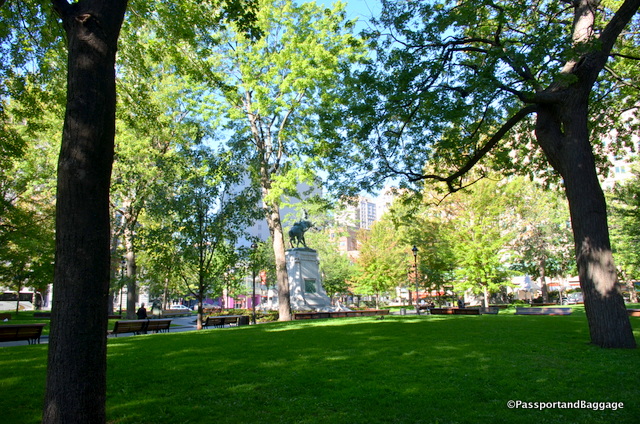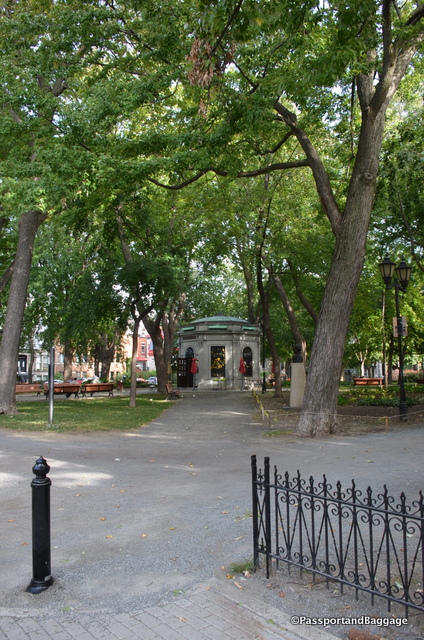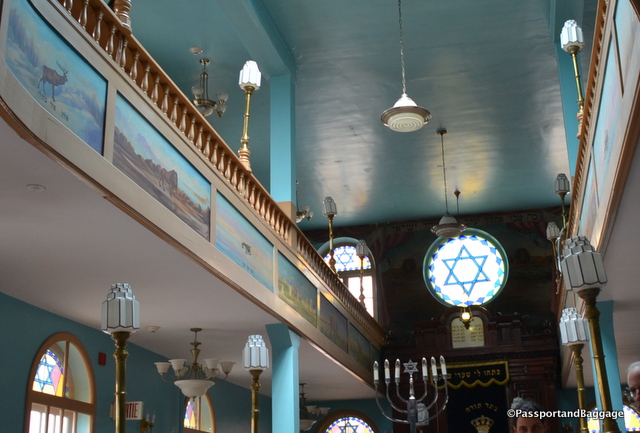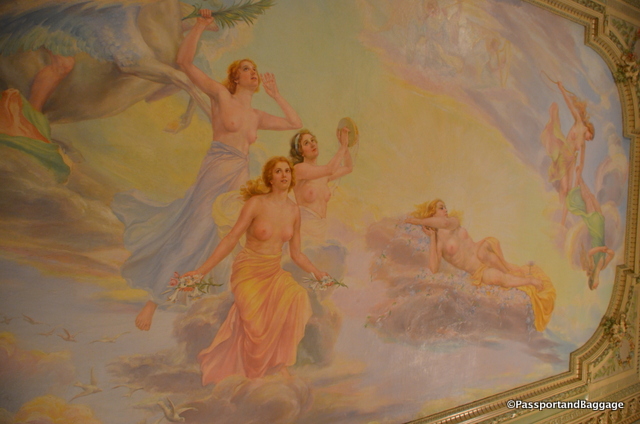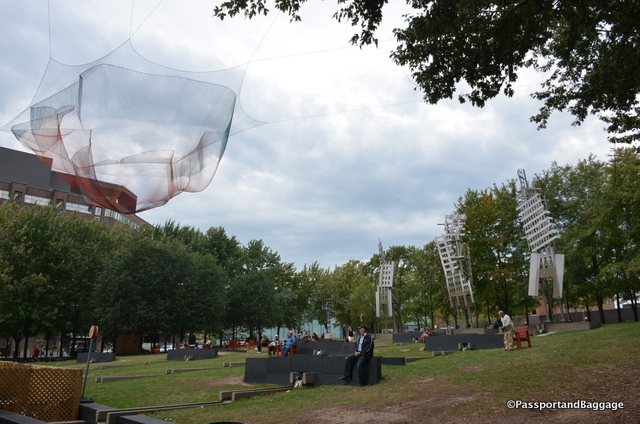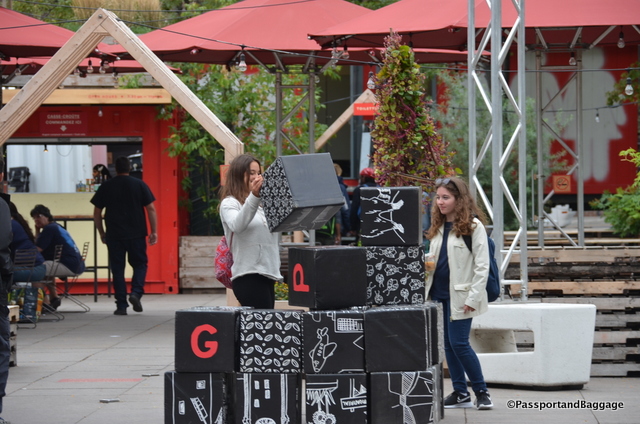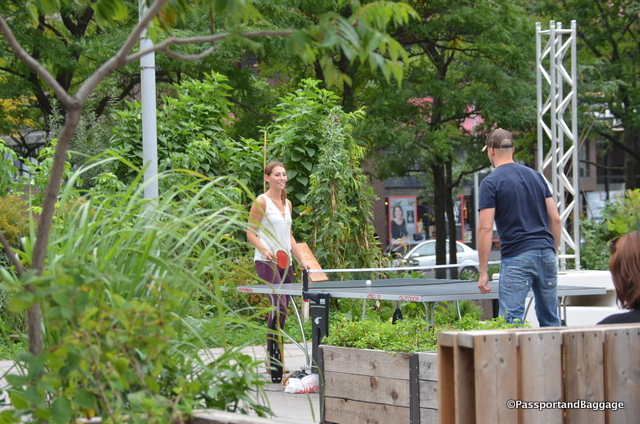September 17, 2016
Montreal is laid out in an interesting pattern. Every fourth street was created wider in order to allow horse drawn drayage carts to turn around. There are public parks spread throughout and more common that in most towns, but not consistent such as you find in New Orleans.
One of the main squares downtown is Dorchester Square, once Dominion Square. It is especially interesting because it was once served not only as a park but much of it was used for the Catholic Sainte-Antoine Cemetery, a hastily arranged cemetery for the victims of the 1851 Cholera Epidemic.
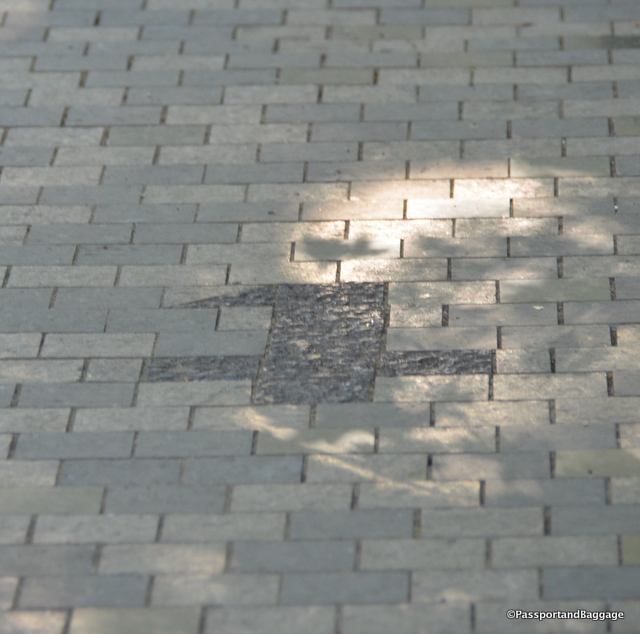 Between 2009 and 2012 a $3.5 million renovation took place, headed by Montreal landscape architect Claude Cormier. It would have been impractical to remove the graves. The designers, instead, added soil and raised the height of the park in order to protect the graves underneath. There are crosses in the pavement as an homage to the cemetery. The crosses are stylized to match those often found on maps marking cemeteries.
Between 2009 and 2012 a $3.5 million renovation took place, headed by Montreal landscape architect Claude Cormier. It would have been impractical to remove the graves. The designers, instead, added soil and raised the height of the park in order to protect the graves underneath. There are crosses in the pavement as an homage to the cemetery. The crosses are stylized to match those often found on maps marking cemeteries.
Another interesting park that represents the system is Square Saint-Louis. During the depression the mayor was Camillien Houde. He initiated a program similar to America’s WPA, thanks to his policies Montreal got her Botanical Garden, the chalets of Mount Royal and La Fontaine park, viaducts, and these public baths and public urinals. These bathroom facilities are now used for various purposes, in the case of Square Saint-Louis it is now a small coffee shop.
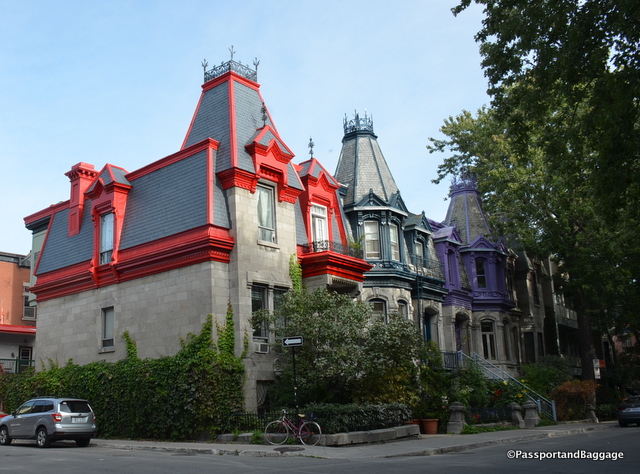
Square Saint-Louis was named by the Project for Public Spaces as “the closest thing to a European neighborhood square you’ll find this side of the Atlantic”, with its Victorian homes facing the park.
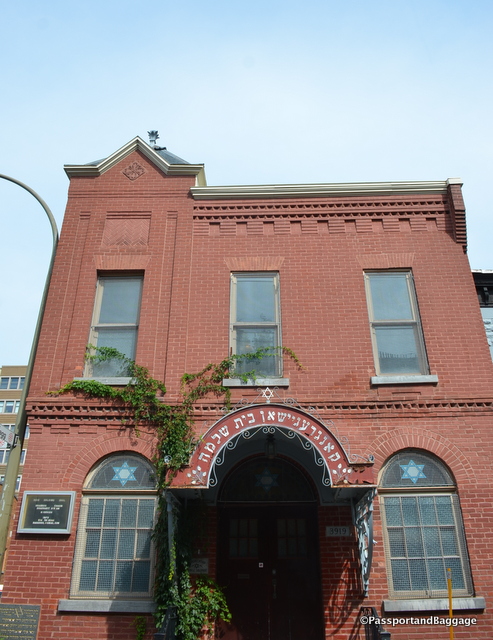 Saint Lawrence Boulevard or boulevard Saint-Laurent (its official name, in French) is a major street in Montreal. A commercial artery and cultural heritage site, the street runs north south through the near-center of city and is nicknamed The Main. This street is the heart of what once was the Jewish area. The street, and the Jewish section divides the Plateau district with the English speaking to the west and the French to the east.
Saint Lawrence Boulevard or boulevard Saint-Laurent (its official name, in French) is a major street in Montreal. A commercial artery and cultural heritage site, the street runs north south through the near-center of city and is nicknamed The Main. This street is the heart of what once was the Jewish area. The street, and the Jewish section divides the Plateau district with the English speaking to the west and the French to the east.
At one time there were a very large number of synagogues, but as the area changed these were all either lost to progress or from the lack of members.
The one synagogue that has survived is Temple Solomon or the Bagg Street Shul as it is locally called. Active since 1906 with no permanent rabbi, it has been lovingly cared for by volunteers throughout its life. It received a $350,000 grant from the Montreal Heritage Program in 1999 and the building was restored and shored up. Since then it has operated on donations and an all-volunteer staff.
 The end of the Montreal Island, the borough Mercier–Hochelaga-Maisonneuve, was developed during the 1800s. The area was industrial with primarily shoe factories. The last vestige of this period includes the house Chateau Dufresne.
The end of the Montreal Island, the borough Mercier–Hochelaga-Maisonneuve, was developed during the 1800s. The area was industrial with primarily shoe factories. The last vestige of this period includes the house Chateau Dufresne.
The home was built and owned by two brothers Oscar, who ran the factory and Maurice, an architect and a utopian.
Built from 1915 to 1918, the mansion was designed in the Beaux-Arts Style by the Parisian architect Jules Renard and Dufresne brother, Marius. The architects based their plans on the Petit Trianon in Versailles, France. The building has forty rooms covering about 20,000 square feet. In the 20s and 30s the interior was decorated with paintings by Guido Nincheri. Nincheri was known for his piety and devout religious leanings, the secular subject matter of the Château Dufresne’s interior decor is an exception to the rest of his work. Alfred Faniel, a Belgian born artist, also decorated the house during this period.
This area was, with the exception of Chateau Dufresne, razed for the Olympic Village in 1976. An economic boondoggle for the city, as it was only paid off in 2006.
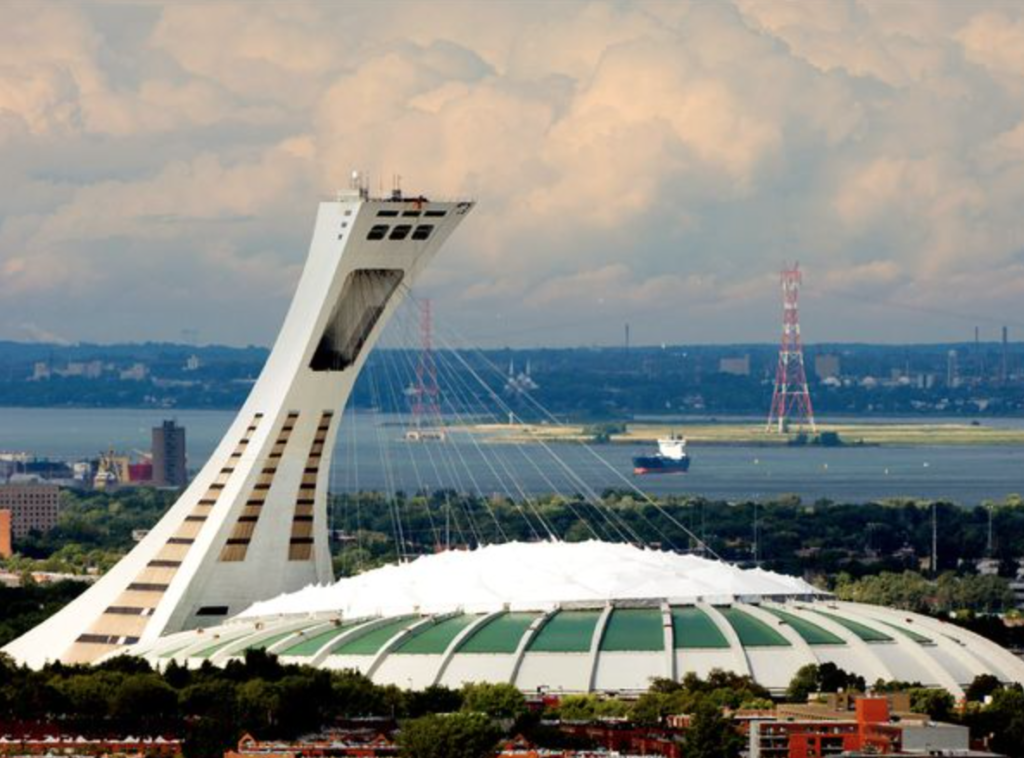 Designed by French architect Roger Taillibert, the Olympic Stadium’s design is meant to evoke gigantic hands with curved fingers, the 34 cantilever panels, with four shortened panels at the base of the Tower, determine the overall geometry of the Stadium. They support the technical ring, the roof and the electronic score boards. Sadly, although the roof, made of canvas, was supposed to be retractable into the Tower, it has never worked.
Designed by French architect Roger Taillibert, the Olympic Stadium’s design is meant to evoke gigantic hands with curved fingers, the 34 cantilever panels, with four shortened panels at the base of the Tower, determine the overall geometry of the Stadium. They support the technical ring, the roof and the electronic score boards. Sadly, although the roof, made of canvas, was supposed to be retractable into the Tower, it has never worked.
I will end with a very unique garden I tripped over. This is Park Gamelin. The idea for the park was to make a rough public spot more welcoming for all Montrealers and tourists, and yes it is pretty covered with homeless, but it is also an amazing space. Think Beer Garden with fun games, sun and art.
The park is named for Roman Catholic nun Émilie Gamelin, founder of the Sisters of Providence religious community, which had operated a convent on the property. Émilie Gamelin and her sisters were known for running a soup kitchen (l’Œuvre de la Soupe) for the homeless community, as well as other needy people, of Montreal.
